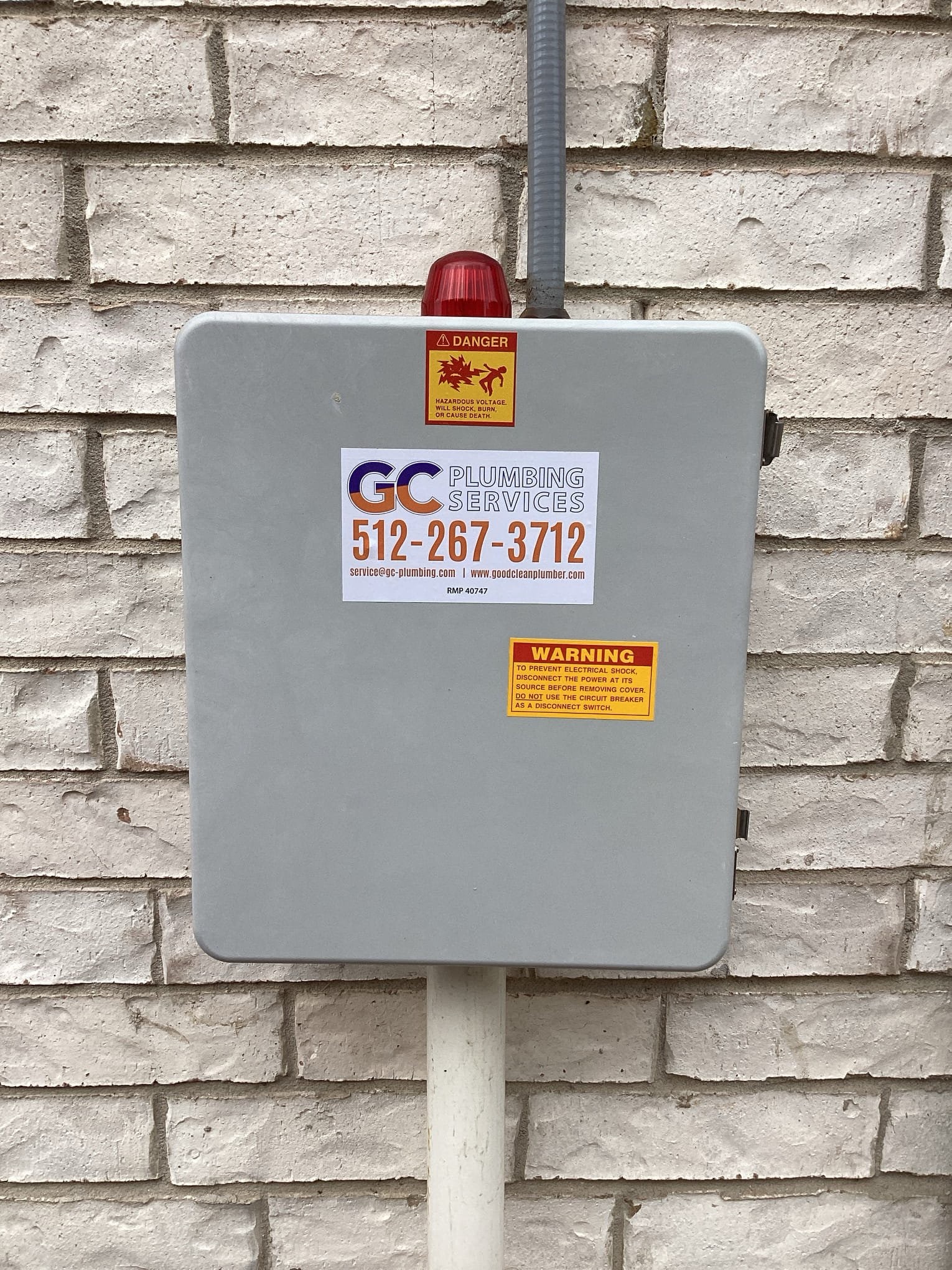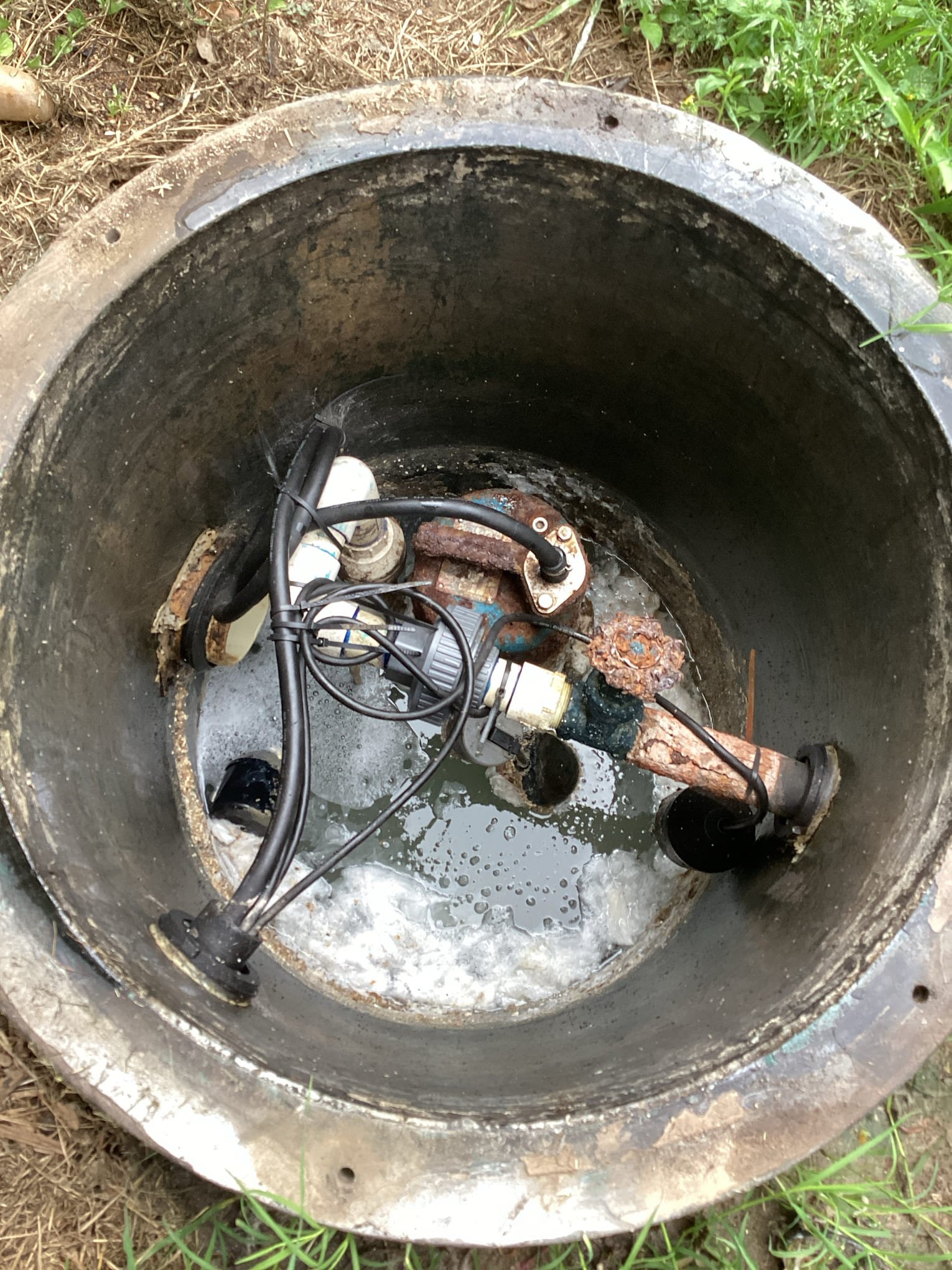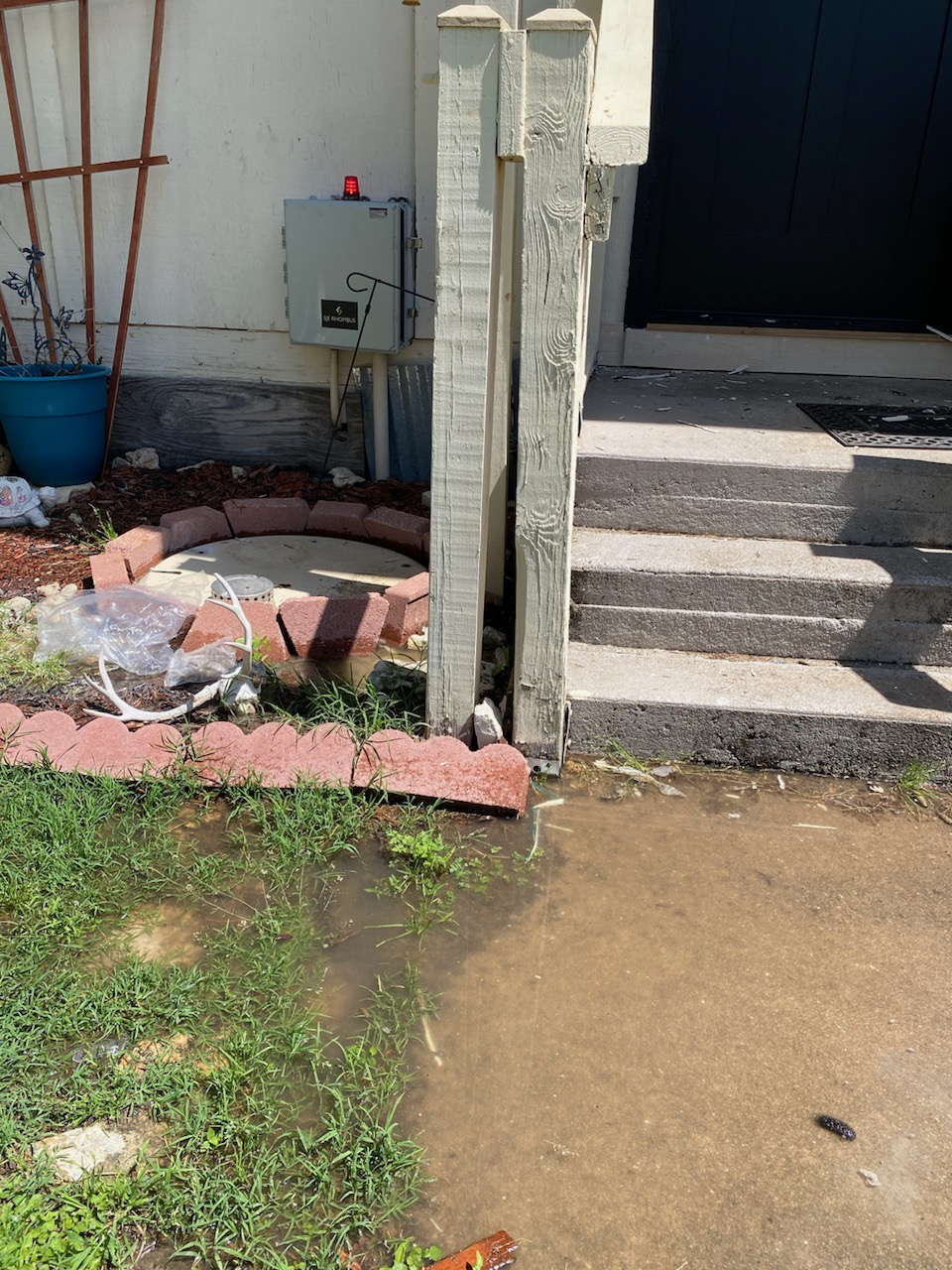Are you a homeowner in the Austin Hill Country who doesn't know what a grinder pump is? Don't worry, you are not alone!
The greater Austin metro area is growing fast, and many new homeowners in the hill country northwest of Austin, such as Cedar Park, Leander, Lago Vista, and Jonestown, have never owned a home with a grinder pump before. In this comprehensive guide, we'll break down what you need to know about grinder pumps!
1. Why does a home need a grinder pump?
In areas with changing elevation like the Texas hill country, municipalities use pressurized sewer systems to move waste from your home to the wastewater facility. Rather than using a gradual slope for the waste to flow down, there is a system of pumps that push the waste up and down hills and through the sewer system. This is where grinder pumps come into play. A grinder pump efficiently breaks down solids and pumps the wastewater from the home into the sewer system, overcoming elevation and terrain obstacles.
2. What does it look like and where is the grinder pump normally located?
Grinder pumps are located just outside the home, normally at a low point of the home so that all the drains can empty into the basin. The basin is set into the ground and has a round cover on top. You will also see an electrical control panel nearby, most often mounted to the outside of your home.

3. What is inside the grinder pump system?
Inside the basin you will find a drain pipe coming from your home, the grinder pump itself, a set of floats, and the discharge pipe. The floats determine when the basin is full enough to trigger the pump to turn on. One of the floats will trigger the alarm on the control panel to indicate the basin is too full, which typically means there is a clog or malfunction in the system. The discharge pipe leads to a one-way check valve that prevents sewage from the city system getting back into your basin. The electrical control panel is mounted outside the basin, most often on the exterior of the home, and uses the feedback from the floats to determine when to run the grinder pump.

4. What can cause a grinder pump to stop working?
Clogs: The most common problem is clogs from the home's drain system. Any solid other than toilet paper is dangerous to a grinder pump system. Baby wipes are the most common culprit, though we have some stories to tell from the grinder pumps we have seen. A proper grinder pump system will sound the alarm when a clog occurs, but at times the basin may overflow into your yard.
Mechanical Failure: Just like any mechanical device, eventually the pump will wear down and fail. This is difficult to diagnose without the proper training, but similar to a clog, it can trigger the alarm or overflow.
Electrical Failure: Less common are electrical failures. When we encounter these, the panels are normally over a decade old, but we do see the occasional capacitor or contactor that needs replacement.
Increasing City Sewer Pressure: With the population growth, the city has been slowly increasing the city sewer pressure to accommodate additional demand. Unfortunately, that means pumps installed as recent as 2-3 years ago are now undersized for the current requirements. When we identify this as the cause with our professionally trained staff, the only option is to upgrade the pump.

5. What should you do to maintain your grinder pump system?
First and foremost, do NOT put any solid materials in your drain system, except for toilet paper! Baby wipes, diapers, paper towels, and other materials must go to your trash.
Periodically check the pump basin for signs of debris or buildup. The hard water in the hill country, along with grease and other substances, can build up over time and wear down the pump.
We recommend scheduling a professional maintenance once per year. If you use our services, we pump down the basin, visually inspect all the components, wash down the basin, and use a Bio1 treatment to clean it.
6. When should you get a professional involved?
If you notice any of the following symptoms, it's time to call a professional plumber:
- Frequent pump cycling or strange noises
- Pump basin overflowing into your yard
- Foul odors emanating from the pump basin or from within your home
- Inconsistent or slow drainage from household fixtures
By addressing issues promptly and proactively maintaining your grinder pump system, you can prevent even more costly repairs down the line.
For expert assistance from your Trusted Good Clean Plumber, call us at 512-267-3712.

